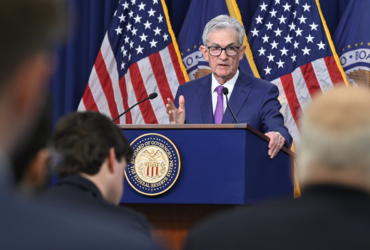Thanks to skyrocketing prices wage gains are failing to keep pace with consumer needs, according to two reports out on Tuesday.
The Consumer Price Index, from the Bureau of Labor Statistics, reported that in August real average hourly earnings fell 0.2% and are now down 2.8% when compared to wages last year. This is an improvement from July when wages were down 3.6%.
- Wages have been negative all year and bottomed out at the start of the summer with real wages down 4.0% in June.
The Census Bureau’s annual assessment of the nation’s finances found that median household income was essentially unchanged in 2021 at $70,800. The Census Bureau said the decline was not statistically significant way from the inflation-adjusted 2020 estimate of about $71,200.
- Incomes were highest in the West with a median income of $79,400 followed by the Northeast($77,500), Midwest ($71,100), and the South, which was well behind, with a median income of $63,400.
Despite falling/stagnant wages, the poverty rate did not increase according to the Bureau. The official poverty rate in 2021 was 11.6%, or about 37.9 million people living in poverty.
- Good News. The poverty rate for children saw a big drop to 5.2% from 9.7% the prior year
- Bad News. There was a slight uptick for those over 65 who tend to live on fixed incomes and therefore can adapt the least to rising prices. However, Social Security continued to be the most important antipoverty program in 2021, moving 26.3 million people out of poverty.
BOTTOM LINE: Wages are rising but they are not keeping pace with inflation.






Got a Questions?
Find us on Socials or Contact us and we’ll get back to you as soon as possible.